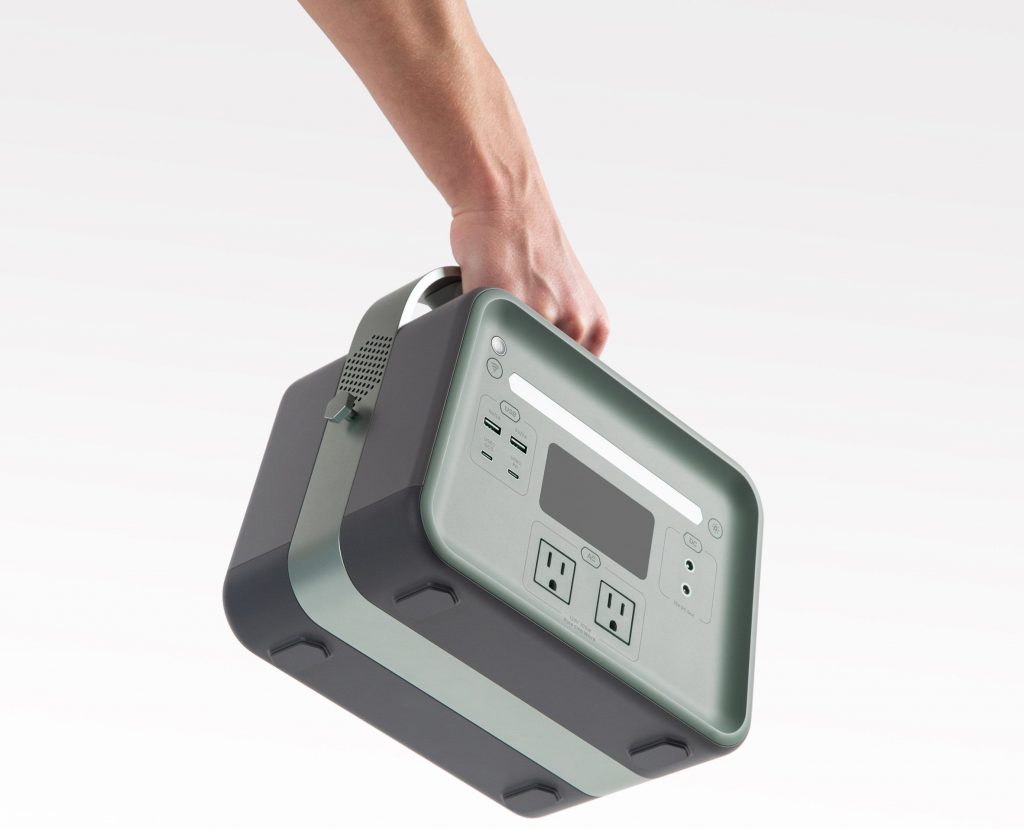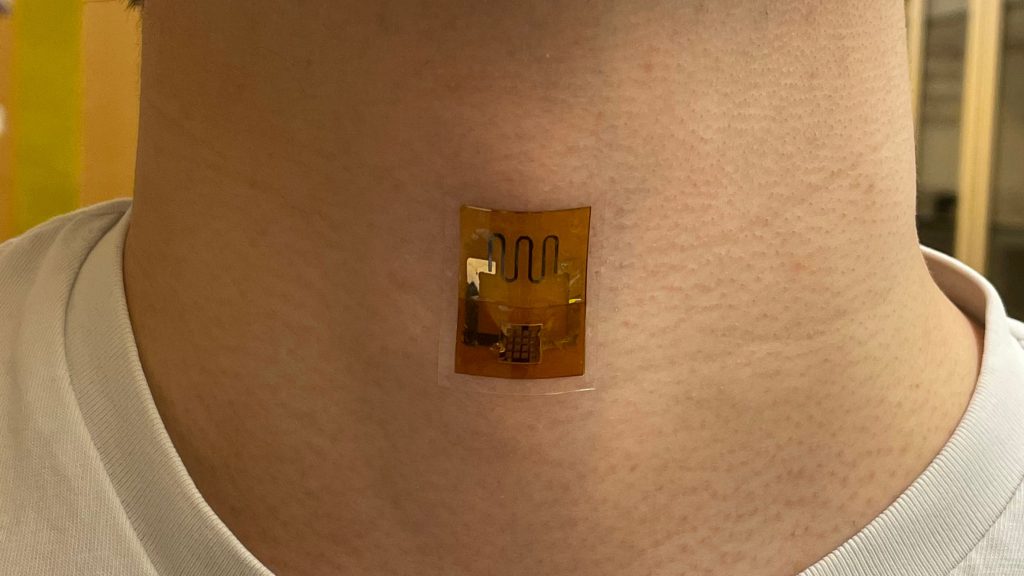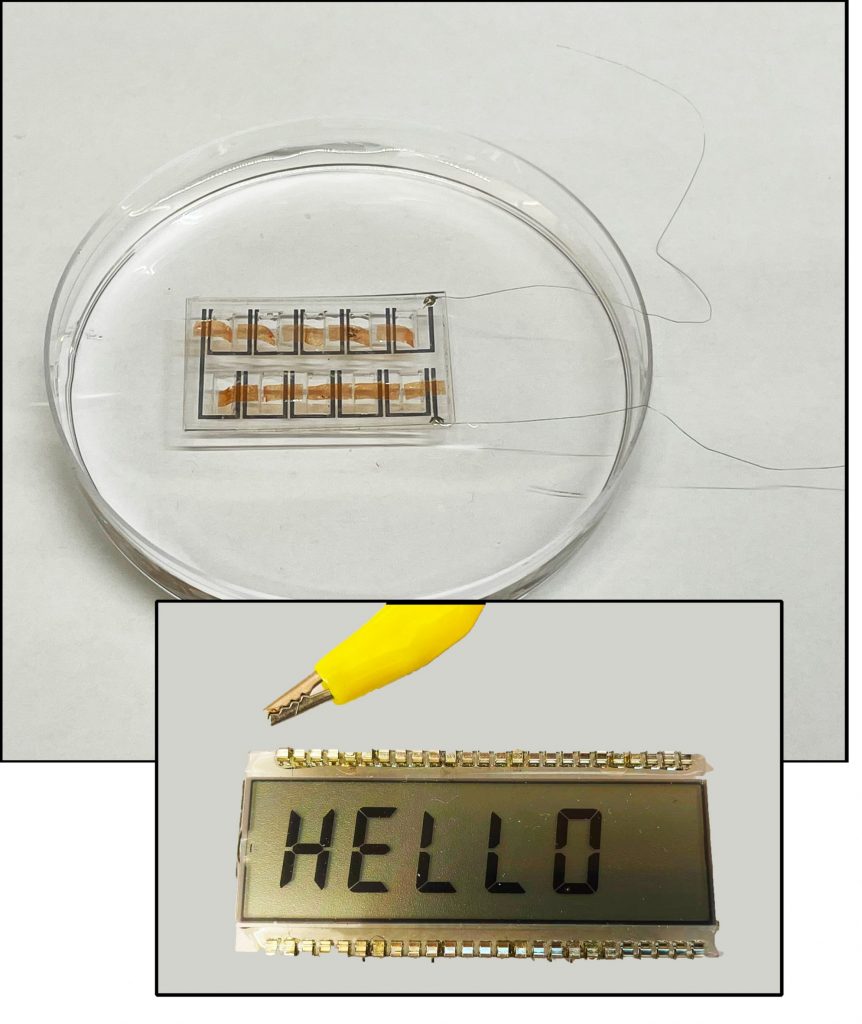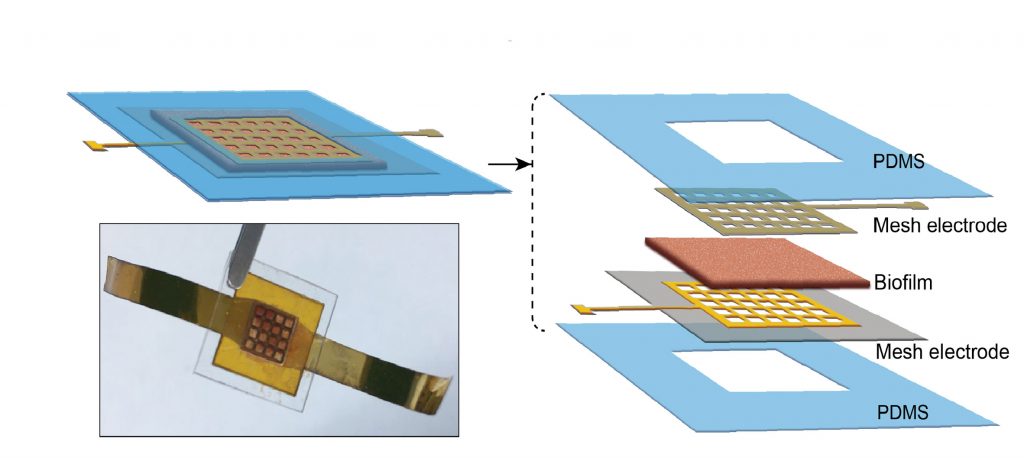The evolution of portable energy has opened up new possibilities for generating power anytime and anywhere, demonstrating a remarkable shift towards convenience in our energy consumption. Portable energy devices are revolutionizing the way we harness and utilize power on the go, ranging from innovative solutions like backpack-sized wind turbines to groundbreaking biofilms that convert sweat into electricity. These compact technologies offer sustainable alternatives for powering everyday devices, catering to outdoor enthusiasts, travelers, and those seeking eco-friendly solutions in daily life.


Shine 2.0 by Aurea Technologies Inc.
Developed by Aurea Technologies Inc., Shine 2.0 is described as the world’s first portable wind turbine, offering all the capabilities of a large turbine in a backpack-friendly size. This ultra-portable 50W power generator allows you to harness wind energy anytime, anywhere, providing modern conveniences in a compact package roughly the size of a large water bottle.

Shine 2.0 by Aurea Technologies Inc.

Shine 2.0 by Aurea Technologies Inc.
The Shine 2.0 features a USB-C PD port that delivers up to 75W for fast charging smartphones, eReaders, tablets, and more. It can also power 12V devices, including laptops and drones. Additionally, the Shine 2.0 can generate and store energy in its 12,000 mAh internal battery, allowing it to function as a power bank even when the wind dies down. Thanks to the cubic relationship between wind speed and power, when the wind doubles in strength, Shine 2.0 can produce up to eight times more energy.
With an IP54 rating, Shine 2.0 is sealed and weatherproof, making it the perfect companion for outdoor adventures or as a reliable emergency backup power source during outages.

Portable battery by Fuseproject for Yoshino (also header image)
Designer Yves Béhar’s studio, Fuseproject, has crafted a line of portable power stations, complete with solar panels, for the US startup Yoshino. These innovative stations utilize ultra-efficient solid-state batteries, which offer twice the energy capacity at half the weight compared to traditional lithium-ion batteries. This makes it ideal for camping trips or as a backup generator for home use.

Portable battery by Fuseproject for Yoshino
The battery stations are equipped with AC, DC, and USB outlets for powering devices on the go, and they include wireless charging pads on the top surface for convenient charging of phones and tablets. The power station comes in four different sizes, as well as a series of folding solar panels with which it can be charged, providing a sustainable energy source. The smallest power station delivers 330 watts, while the largest offers 4,000 watts and includes a 30-amp RV outlet for recreational use.


Portable battery by Fuseproject for Yoshino
Fuseproject chose a subtle color palette that embodies green energy and complements other outdoor recreation products. The new design extends to a dedicated app that allows users to monitor their power station’s status, charge levels, runtime, and settings directly from their smartphones.

Microbial biofilm by the University of Massachusetts Amherst
Researchers at the University of Massachusetts Amherst have developed a biofilm that adheres to the skin like a Band-Aid, harnessing sweat to generate electricity for wearable devices. Made from bacteria that convert evaporative energy into power, this innovation taps into the vast, unused potential of evaporation.
The team describes it as “real green energy,” produced sustainably without toxic waste or unsustainable materials. The biofilm simplifies electricity generation by minimizing processing needs, allowing for easy applications in various devices.

Microbial biofilm by the University of Massachusetts Amherst
The bacteria, Geobacter sulfurreducens, are effective in producing electricity and, notably, can do so even when dead—eliminating the need for ongoing care. The researchers cultivate these microbes into thin sheets connected by natural nanowires, which are then incorporated into circuits and sandwiched between mesh electrodes and a sticky biopolymer for skin attachment.

Microbial biofilm by the University of Massachusetts Amherst
This biofilm functions like plugging in a battery, potentially transforming wearable electronics by eliminating the need for bulky, rechargeable batteries. Currently, it can power small devices like medical sensors, with plans for larger versions to harness more evaporation energy. Notably, research indicates that about 50% of solar energy reaching Earth is used for evaporation, pointing to a significant energy source.